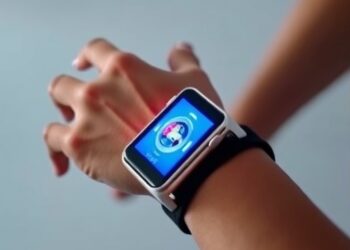New Curtin University research reveals taking pictures of food isn’t just content for our social media feeds, but could be the key to improving people’s diets.
New Curtin University research reveals taking pictures of food isn’t just content for our social media feeds, but could be the key to improving people’s diets.
Published in the prestigious American Journal of Clinical Nutrition, the feeding study saw researchers measure the weight of meals, which were then provided to participants over a day for breakfast, lunch and dinner.
Participants compared different technology-assisted methods to recall what they had eaten over the past 24 hours.
One method asked participants to take photos of their meals using the mobile Food Record app.
These photos were then analysed by a research dietitian.
The study found the accuracy of the nutritional intake was far higher for the group who had taken photos of what they ate, compared to participants who were asked to remember what they had eaten.
First author and PhD candidate Clare Whitton said this was the largest feeding study to use the mobile Food Record app and the findings could have a big impact on how we capture what the population is eating.
“Accurate, reliable data about what the population is eating is key to supporting people to optimise their health,” Ms Whitton said.
“People can struggle to remember what they have eaten, but this study shows dietary assessment can be accurate — particularly when you take the burden away from the person when you ask them to take a photo of what they ate.”
While the study saw the food photos analysed by experts, there is work underway to streamline the process.
The team is collaborating with Purdue University in the US to use artificial intelligence to automatically analyse the foods in the photos.
Study lead and mobile Food Record App co-creator Professor Deborah Kerr said this was an exciting development in getting the bigger picture of what people are eating.
“It makes it a lot simpler for people to track what they consume when they only have to take photos for the day,” Professor Kerr said.
“This will become even easier as we start to fully automate the analysis of the foods in the photos.
“With advances in AI technology this may be just around the corner.”
Professor Kerr said as technology advances, it could provide an avenue to not only better capture what populations are eating, but also offer more accurate dietary advice for individuals looking to eat healthier.
“This research shows the benefit of images; that’s the pathway we’re going down to get an accurate picture of what people are eating.”
‘Accuracy of energy and nutrient intake estimation versus observed intake using four technology-assisted dietary assessment methods: a randomized crossover feeding study’ was published in the American Journal of Clinical Nutrition.
Journal
American Journal of Clinical Nutrition
Method of Research
Randomized controlled/clinical trial
Subject of Research
People
Article Title
Accuracy of energy and nutrient intake estimation versus observed intake using 4 technology-assisted dietary assessment methods: a randomized crossover feeding study
Article Publication Date
6-May-2024
COI Statement
DAK, CJB, and EJD hold 2 patents for the mobile Food Record as follows: C. Boushey, E.J. Delp, D.S. Ebert, K.D. Lutes, D. Kerr, “Dietary Assessment System and Method,” U.S. Patent 8 605 952 B2, December 10, 2013; C. Boushey, E.J. Delp, D.S. Ebert, K.D. Lutes, D. Kerr, “Dietary Assessment System and Method,” U.S. Patent 8 363 913 B2, January 29, 2013. All other authors report no conflicts of interest.




